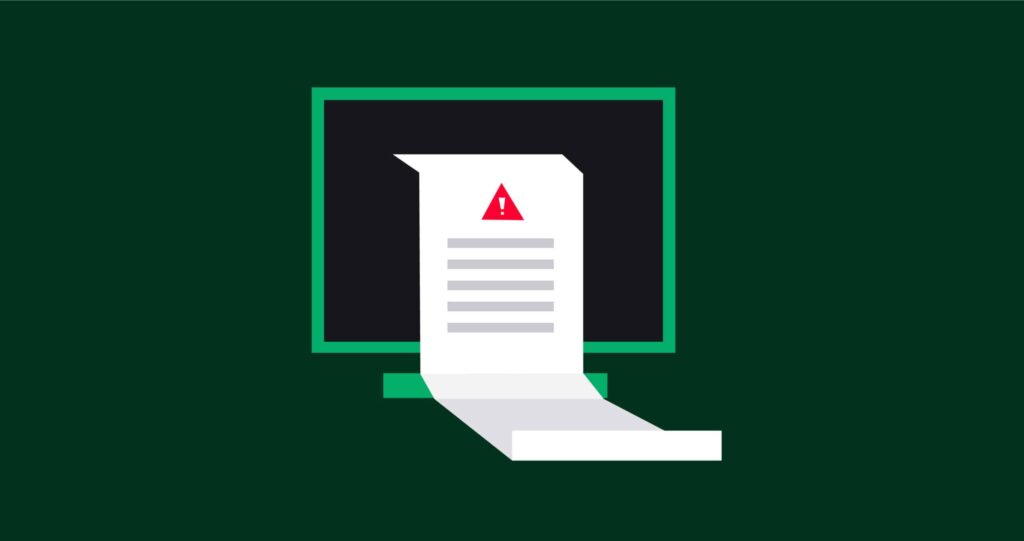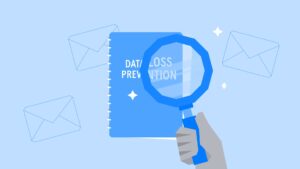While phishing, ransomware, and brute force attacks tend to make headlines, misdirected emails (emails sent to the wrong person) are actually a much bigger problem.
In fact, in organizations with 1,000 employees, at least 800 emails are sent to the wrong person every year. That’s two a day. You can find more insights in The Psychology of Human Error and The State of Data Loss Prevention 2020.
Are you surprised? Most people are. That’s why we’ve rounded up this list of 11 real-world (recent) examples of data breaches caused by misdirected emails. And, if you skip down to the bottom, you’ll see how you can prevent misdirected emails (and breaches!) in your organization.
11 examples of data breaches caused by misdirected emails
1. University support service mass emails sensitive student information
University and college wellbeing services deal with sensitive personal information, including details of the health, beliefs, and disabilities of students and their families. Most privacy laws impose stricter obligations on organizations handling such sensitive personal information—and there are harsher penalties for losing control of such data.
So imagine how awful the Wellbeing Adviser at the University of Liverpool must have felt when they emailed an entire school’s worth of undergraduates with details about a student’s recent wellbeing appointment. The email revealed that the student had visited the Adviser earlier that day, that he had been experiencing ongoing personal difficulties, and that the Adviser had advised the student to attend therapy.
A follow-up email urged all the recipients to delete the message “immediately” and appeared to blame the student for providing the wrong email address.One recipient of the email reportedly said: “How much harder are people going to find it actually going to get help when something so personal could wind up in the inbox of a few hundred people?”
2. Trump White House emails Ukraine ‘talking points’ to Democrats
Remember in 2019, when then-President Donald Trump faced accusations of pressuring Ukraine into investigating corruption allegations against now-President Joe Biden?Once this story hit the press, the White House wrote an email—intended for Trump’s political allies—setting out some “talking points” to be used when answering questions about the incident (including blaming the “Deep State media”).
Unfortunately for the White House, they sent the email directly to political opponents in the Democratic Party.White House staff then attempted to “recall” the email. If you’ve ever tried recalling an email, you’ll notice that it doesn’t normally work.
Recalling an email only works if the recipient is on the same exchange server as you—and only if they haven’t read the email. Looking for information on this? Check out this article: You Sent an Email to the Wrong Person. Now What? Unsurprisingly, this was not the case for the Democrats who received the White House email, who subsequently leaked it on Twitter.
I would like to thank @WhiteHouse for sending me their talking points on how best to spin the disastrous Trump/Zelensky call in Trump’s favor. However, I will not be using their spin and will instead stick with the truth.
But thanks though.— US Rep Brendan Boyle (@RepBrendanBoyle) September 25, 2019
3. Australia’s Department of Foreign Affairs and Trade leaked 1,000 citizens’ email addresses
On September 30, 2020, Australia’s Department of Foreign Affairs and Trade (DFAT) announced that the personal details of over 1,000 citizens were exposed after an employee failed to use BCC. So, who were the citizens Australians who have been stuck in other countries since inbound flights have been limited (even rationed) since the outbreak of COVID-19.
The plan was to increase entry quotas and start an emergency loans scheme for those in dire need. Those who had their email addresses exposed were among the potential recipients of the loan.Immediately after the email was sent, employees at DFAT tried to recall the email, and event requested that recipients delete the email from their IT system and “refrain from any further forwarding of the email to protect the privacy of the individuals concerned.”
4. Serco exposes contact traces’ data in email error
In May 2020, an employee at Serco, a business services and outsourcing company, accidentally cc’d instead of bcc’ing almost 300 email addresses. Harmless, right? Unfortunately not.
The email addresses – which are considered personal data – belonged to newly recruited COVID-19 contact tracers. While a Serco spokesperson has apologized and announced that they would review and update their processes, the incident nonetheless has put confidentiality at risk and could leave the firm under investigation with the ICO.
5. Sonos accidentally exposes the email addresses of hundreds of customers in email blunder
In January 2020, 450+ email addresses were exposed after they were (similar to the example above) cc’d rather than bcc’d. Here’s what happened: A Sonos employee was replying to customers’ complaints. Instead of putting all the email in BCC, they were CC’d, meaning that every customer who received the email could see the personal email addresses of everyone else on the list. The incident was reported to the ICO and is subject to potential fines.













